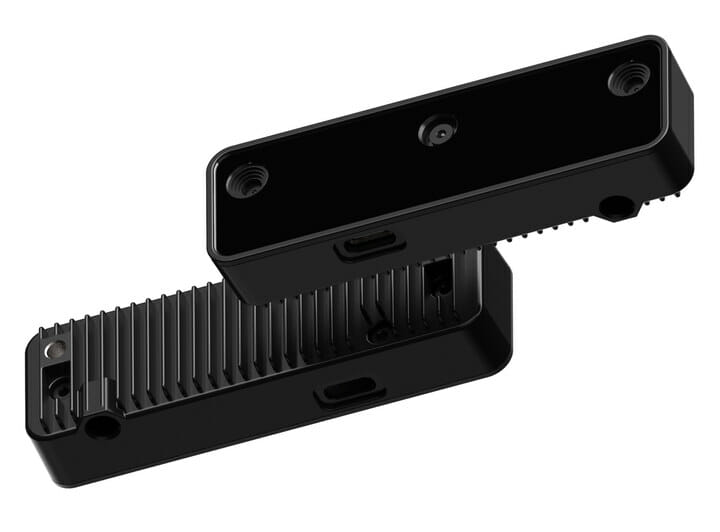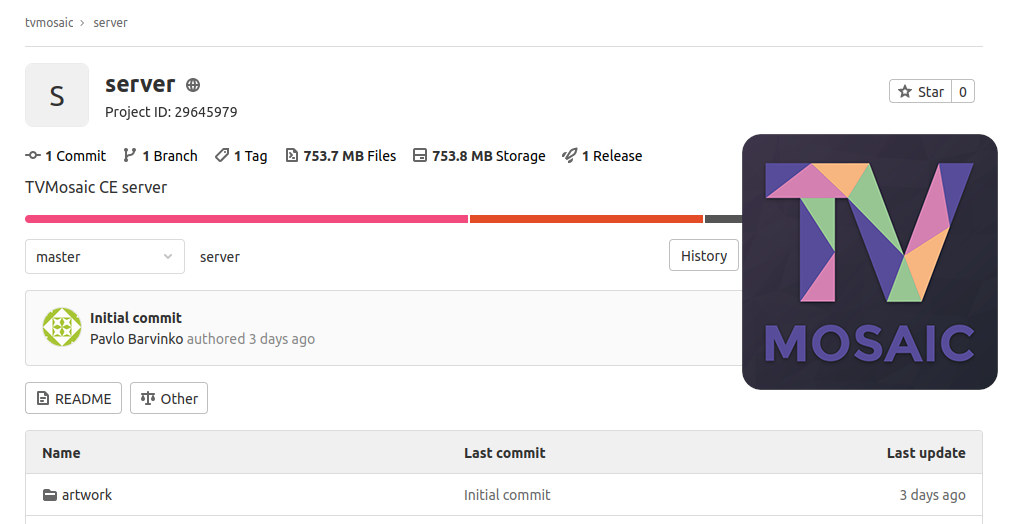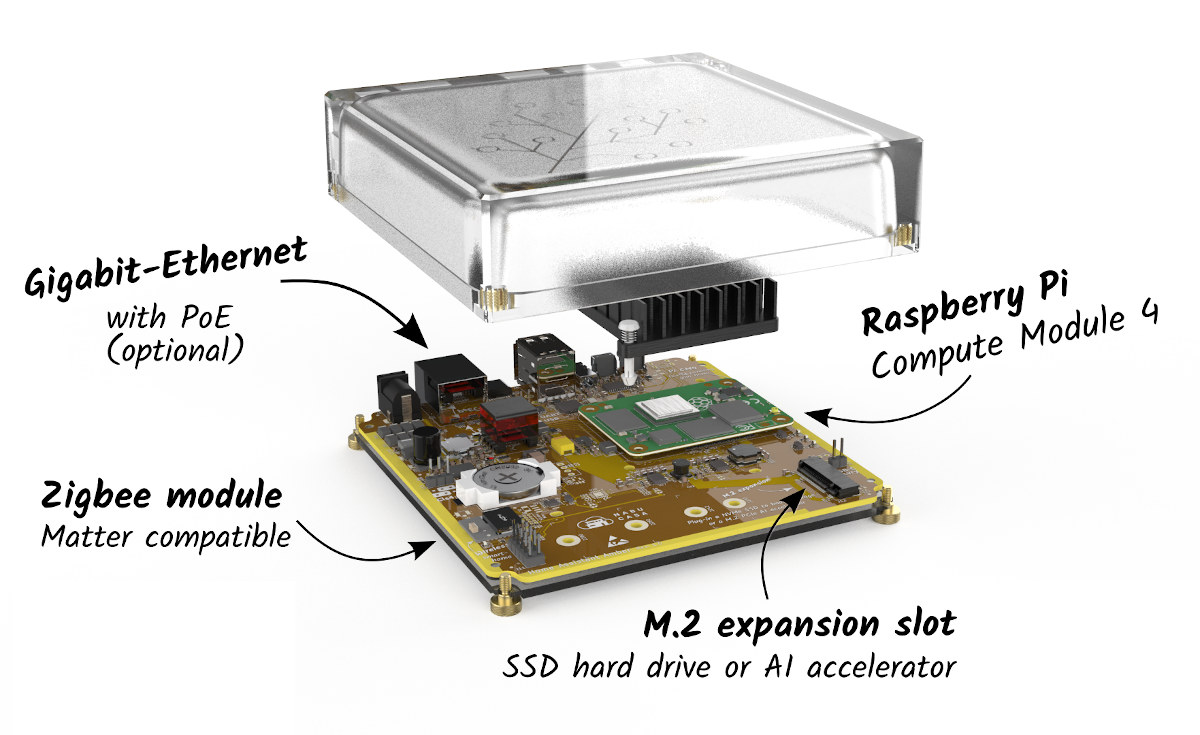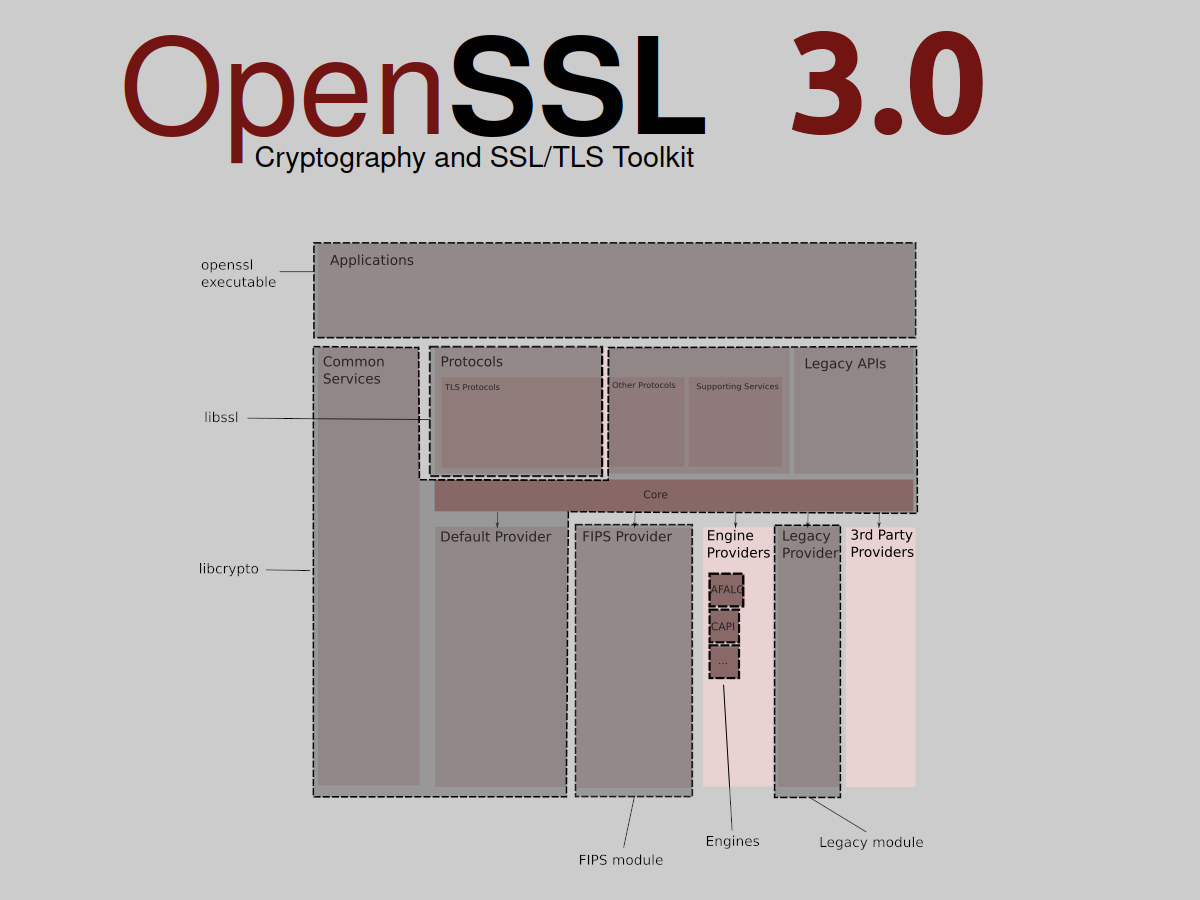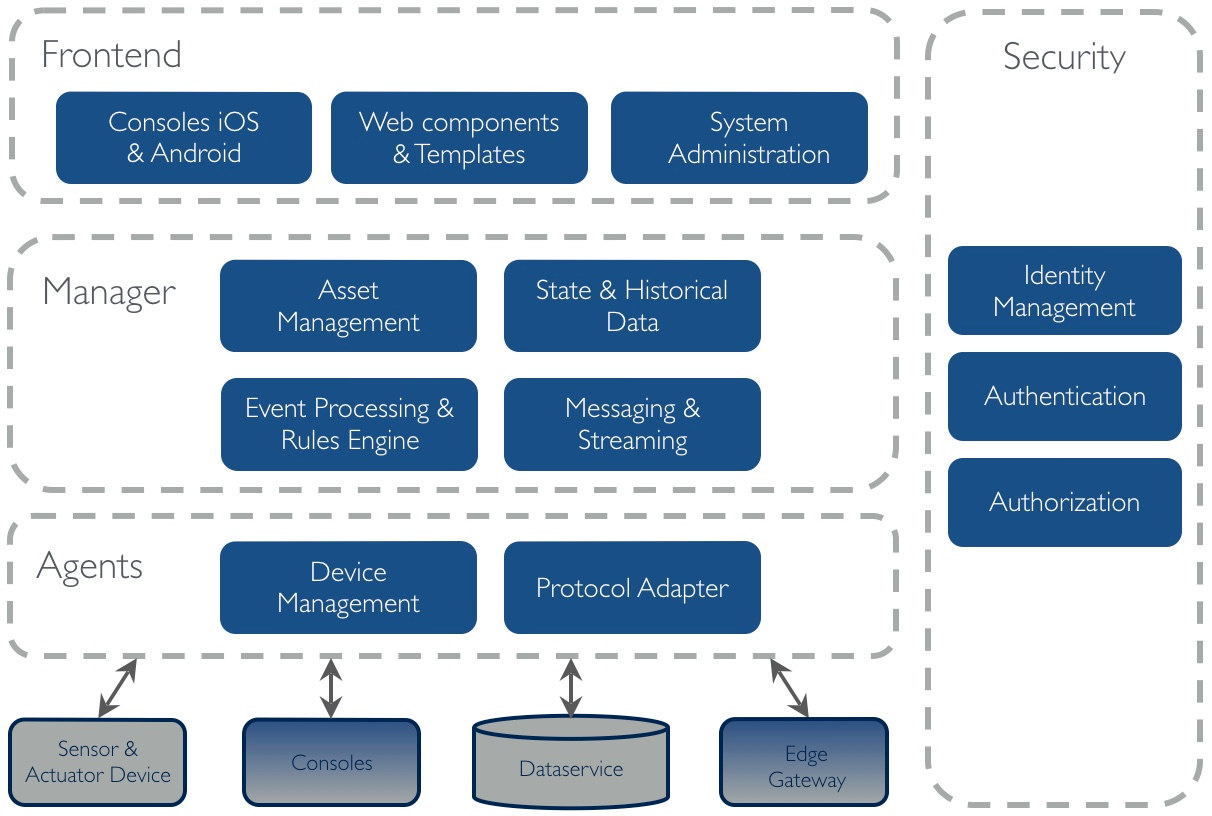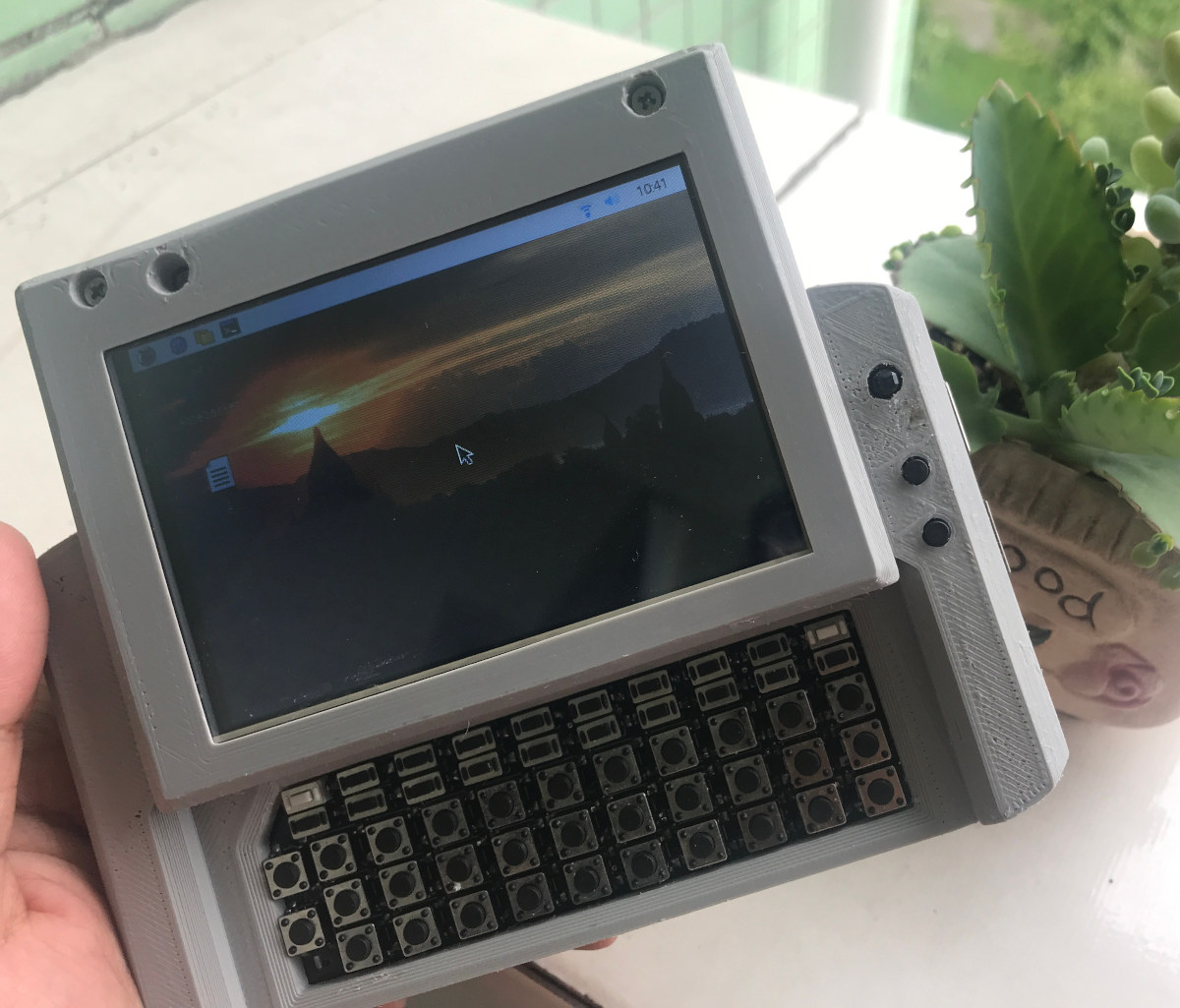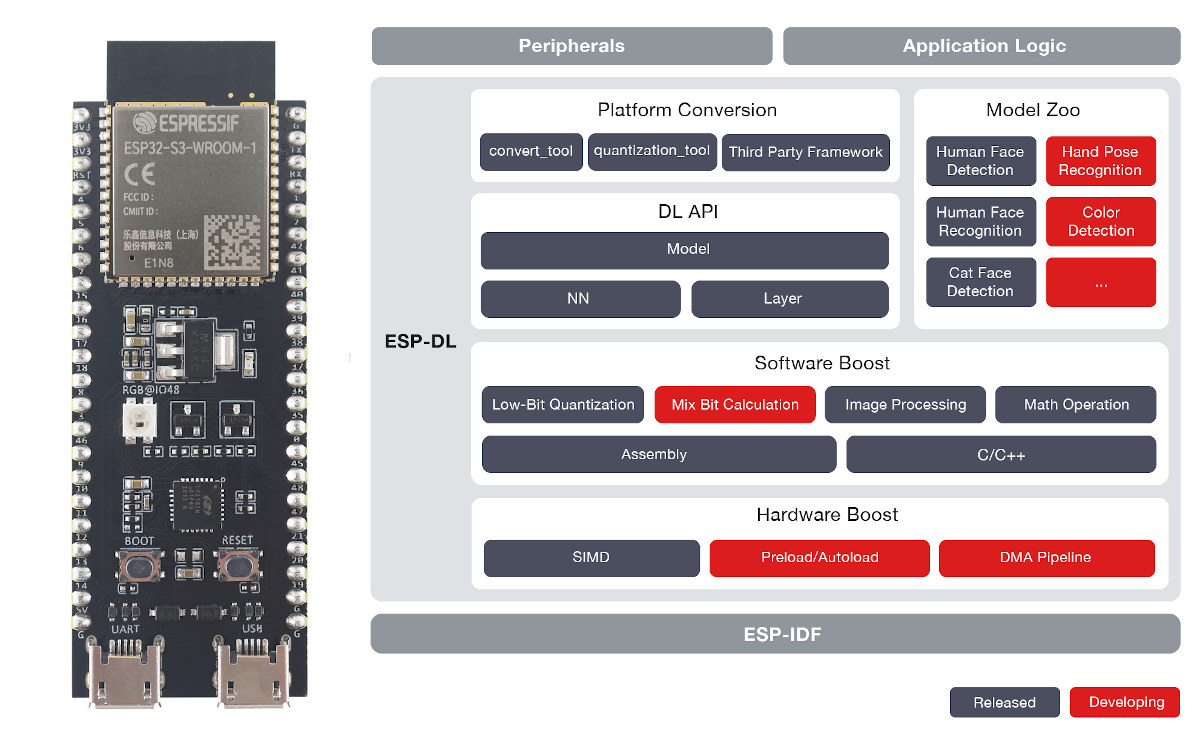The OpenCV AI Kit “OAK-D” now has a little brother with the OpenCV AI Kit Lite equipped with the same Intel Myriad X-based DepthAI solution with three cameras, but in a much compact form factor and a price slashed to as low as $79 and up. Like its predecessor, the OpenCV AI Kit leverage the Myriad X AI accelerator’s capabilities to provide a wide range of real-time computer vision applications, and can be programmed with C++ or Python APIs, as well as graphical user interfaces. OpenCV AI Kit Lite (OAK-D Lite) specifications: Intel Myriad X-based DepthAI with 4 TOPS of AI performance Cameras (made by ArduCam) Color Camera IMX214 (PLCC) with 4208×3120 resolution, 1.348:1 aspect ratio 1/3.1 inch Lens size 81.3 degrees DFOV Focus range 8cm – ∞ Stereo Camera specifications: Omnivision OV07251-G04A-1E (COB) with 640 x 480 resolution, 1.333:1 aspect ratio 1/7.5 inch lens size DFOV: 85.6,HFOV: 72.9, VFOV: […]
Customize GStreamer build with only the features needed for your application
Thanks to a partnership between Collabora and Huawei is now possible to build Gstreamer with just the features required for a specific application, reducing the binary size for space-constrained embedded systems. Gstreamer is a very popular open-source multimedia framework used in a wide variety of projects and products, and with an impressive number of features spread over 30 libraries and more than 1600 elements in 230 plugins. This is not a problem on desktop PC and most smartphones, but the size of the binary may be too large for some systems, and until recently it was no easy way to customize GStreamer build for a specific application. But Collabora changed the code to allow gst-build to generate a minimal GStreamer build. The company built upon a new feature from GStreamer 1.18, released in September 2020, that makes it possible to build all of GStreamer into a single shared library named […]
TVMosaic CE (Community Edition) server released as open source by DVBLogic
TVMosaic (formerly DVBLink) TV/PVR-server application has been released as a cross-platform open-source software, following the closure of DVBLink business last year. It used to be a commercial solution with support for digital TV tuners, live TV watching, PVR functions, DLNA, and more, and there was also a PVR client for Kodi that was part of the list of support PVR clients like TvHeadEnd. DVBLogic did not release the full source code due to licensing requirements, and instead, released the code for TVMosaic Community Edition (CE) server on Gitlab under an MIT license. Some of the missing features include: The Licensing engine since the server is now open-source DLNA server TVAdvisor electronic program guide (EPG) DVBLogic TVButler USB tuner support except in Windows TVMosaic is a cross-platform solution and is supposed to work on Windows 7 or higher, Ubuntu 16.04 LTS 64-bit or higher, Debian 9.1 64-bit or higher, MacOS, 10.12 […]
Home Assistant Yellow – A Raspberry Pi CM4 based automation gateway (Crowdfunding)
The team behind the popular Home Assistant open-source home automation framework has just launched their second hardware with Home Assistant Yellow automation gateway based on Raspberry Pi CM4 module. This follows last year’s ODROID-N2+ based Home Assistant Blue which was a limited edition and has now been discontinued, albeit still supported. The carrier board for Home Assistant Amber is designed from scratch and notably includes Silicon Labs MGM210P Mighty Gecko Module with support for Zigbee 3.0, OpenThread, and Matter (Soon), as well as M.2 socket that can take an NVMe SSD, or an AI accelerator card. Home Assistant Yellow specifications: Supported SoM – Raspberry Pi Compute Module 4 (CM4) with Broadcom BCM2711 quad-core Cortex-A72 processor @ 1.5 GHz, up to 8GB RAM, up to 32GB storage. (Note: optional WiFI 5 and Bluetooth 5.0 connectivity not covered by regulatory approval) Storage – Support for NVMe SSD via M.2 socket, bootable for […]
OpenSSL 3.0 released with pending FIPS 140-2 validation
OpenSSL 3.0 has just been released after three years of development, and over 7,500 commits and contributions from over 350 different authors with a new FIPS module that awaits FIPS 140-2 validation by the end of the year, improved documentation, and a change to an Apache License 2.0. OpenSSL’s reputation took a serious hit in 2014 with the Hearbleed bug that allowed attackers to steal the information protected by the SSL/TLS encryption used for most secure Internet communication. The bug was introduced in 2012, and it took almost two years to be fixed. Yet, despite the fix, many projects switched to other SSL libraries like LibreSSL, WolfSSL, or mbedTLS. But it’s good the project is still very much active, and OpenSSL 3.0 succeeds OpenSSL 1.1.1 released in September 2018. Who knows what OpenSSL 2.0… One of the main changes is support for the Provider concept, and OpenSSL 3.0 comes with […]
OpenRemote fully open-source IoT platform targets OEMs and DIY projects
OpenRemote claims to be a 100% open-source IoT platform suitable for DIYs as well as OEMs. The asset management platform can help with the tracking of vehicle fleets, energy systems, or crowds, help to build smart cities, smart buildings, smart airports, and more. While most cloud IoT platforms rely on open-source tools, the software hosted on the providers’ servers is usually closed-source as we’ve seen in our comparison between Microsoft Azure IoT, Balena, and Particle, but OpenRemote is different will the full stack being released under an AGPLv3 open source license. OpenRemote 3.0 software is comprised of four main blocks: The Frontend is comprised of Consoles (native iOS and Android apps), Web components and Templates, as well as a System Administration interface used to create dashboards and control panels. Manager – headless Java application to capture the current asset states and includes Asset Management, State & Historical Data, Event Processing […]
MutantC V4 – DIY Raspberry Pi Handheld PC adds ESP32-S2 module
Earlier this year we wrote about Mutantc V3 DIY Raspberry PI UMPC after noticing a talk about it at FOSDEM 2021 online conference. MutantC V4 is a new version of the Raspberry Pi handheld PC that is both easier to build and cheaper. The new model replaces the Arduino Pro Micro board with a more compact ESP32-S2 module and offers a Lite version with even fewer parts (notification LED, IR blaster, IMU, etc..) to make it easier to build. The new MutantC v4 shares many of the same features of the previous versions: Supported SBCs – Raspberry Pi Zero, 2, 3, 4 and compatible. Wireless module for keyboard and other controls – Ai. Thinker ESP-12K module based on ESP32-S2 single-core WiFi microcontroller @ 240 MHz with 8MB flash Display – 2.8-inch, 3.5-inch, or 4-inch “GPIO” LCD such as AdaFruit PiTFT 480×320 display Keyboard – 56-key customizable keyboard with 2x shoulder […]
Leverage ESP32-S3 AI capabilities with the ESP-DL library
ESP32-S3 is the first Espressif wireless processor with AI instructions, and ESP-DL library for ESP-IDF allows you to easily leverage those AI instructions using boards such as the ESP32-S3-DevKitC-1. The ESP-DL library provides APIs for Neural Network (NN) Inference, Image Processing, Math Operations, and Deep Learning Models that make full use of ESP32-S3’s AI instructions with a 16-bit face recognition model running 6.25 faster, while the 8-bit model is 2.5 times faster than without acceleration. The ESP-DL library can be used as a project component. For instance, it can be used as a submodule of ESP-WHO computer vision framework, by simply copying it to the esp-who/components/ directory. The Model Zoo contains several pre-trained models for (human) face detection & recognition, and cat face detection, with more being developed including color detection and hand-pose detection. Espressif Systems also provides tools to use your own models, and a convention tool allowing you […]


